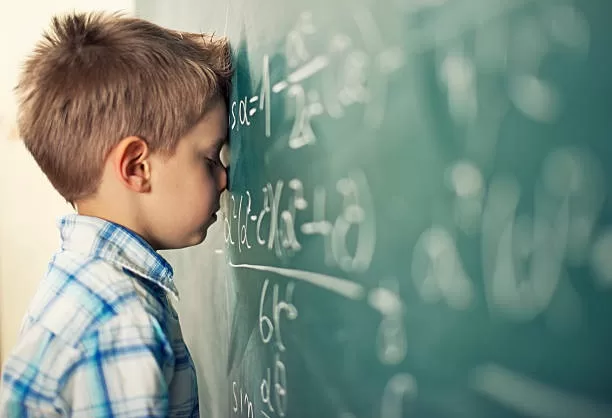Education
Research shows how children can enjoy and succeed in math, Stanford expert says

For many students, math class is the subject of nightmares. Many who enthusiastically show off their counting skills in pre-school years later consider math class the most loathed hour of the school day. The problem, according to a Stanford education professor, is a matter of mindset.
“All children are different in their mathematical thinking, strengths, and interests,” said Jo Boaler, a professor of mathematics education at Stanford Graduate School of Education.
Boaler has studied how students learn math, to identify why so many students end up hating or fearing math, and, too often, underachieve. She has followed thousands of students through middle and high schools to ascertain exactly how they learn and what are the most effective ways they reach their potential.
In her new book, Mathematical Mindsets, Boaler describes how society has traditionally valued one type of math learner – one who can memorize well and calculate fast – as opposed to others who have the same potential but may be deeper, slower, and more creative. The book offers research evidence and resources for teachers and parents to help children learn math well, in the classroom and at home.
Test-taking pressures
The “testing culture” in American schools is a major problem for math learners, Boaler said, noting that exams and tests are far more pervasive in math than other subjects.
“Students from early ages realize that math is quite different than other subjects and that it depends heavily on taking tests and answering uninteresting questions.”
This combination of frequent testing, procedural teaching and uninteresting questions disconnected from students’ lives causes many students to regard math as a “cold, lifeless subject” without a human connection, she said.
Many students, she said, believe incorrectly that to be good at math they need to be fast at math – too many classes emphasize the speed in math and memorization.
Boaler has published research and strategies on the best ways for students to learn math “facts” without the fear and anxiety that many students feel when given timed tests and flashcards.
For example, speed pressure in math causes the early onset of math anxiety for many students, she said. And children who think more slowly and deeply are often turned off by math because they see it as a subject of shallow recall of facts and rules.
Opening up mathematics
The good news is that any student’s negative perception of math can dramatically change, Boaler said. In her recent summer math camp for seventh- and eighth-grade students, which can be seen in this video, students learned to enjoy math and they improved their achievement dramatically through open, creative math lessons.
Boaler works with Stanford psychology Professor Carol Dweck to deliver growth mindset interventions to teachers and students. A “growth mindset” is built around the idea that most basic abilities can be developed and expanded upon through dedication and hard work. By contrast, with a “fixed mindset,” people believe their basic qualities, like their intelligence or talent, are simply fixed traits.
“When we open up mathematics and teach broad, visual, creative math, then we teach math as a learning subject instead of as a performance subject,” Boaler said.
Boaler offers resources on how to develop growth mindsets for math learners. Her new Stanford center, youcubed, which is funded by the Bill & Melinda Gates Foundation, provides free mindset math lessons that were used in over 100,000 schools last fall. The website has attracted millions of visitors in the last month alone. She also has online courses for teachers and parents and for students to help them teach and learn math.
When schools teach young people growth mindset mathematics, Boaler said, the outcome is that the subject becomes deeper and filled with more connections, so students enjoy it more and achieve at higher levels.
Math for today’s tech world
Boaler has also worked with the Program for International Student Assessment tests team, analyzing their data set of 13 million students worldwide. They found that the lowest-achieving students are those who use a memorization strategy. The highest performers are those who see math as a set of connected, big ideas.
Boaler agrees with high-tech leaders such as Conrad Wolfram, who supports “broad, multidimensional” mathematics, which involves problem solving, modeling, reasoning, making connections, and thinking deeply.
She points out that students entering the 21st-century workplace need to be able to ask questions of data, map out mathematical pathways and reason quantitatively – routine calculations, after all, will be performed by machines. She cites research studies that demonstrate how such an approach can engage more young people and put them on a path to success.

















































